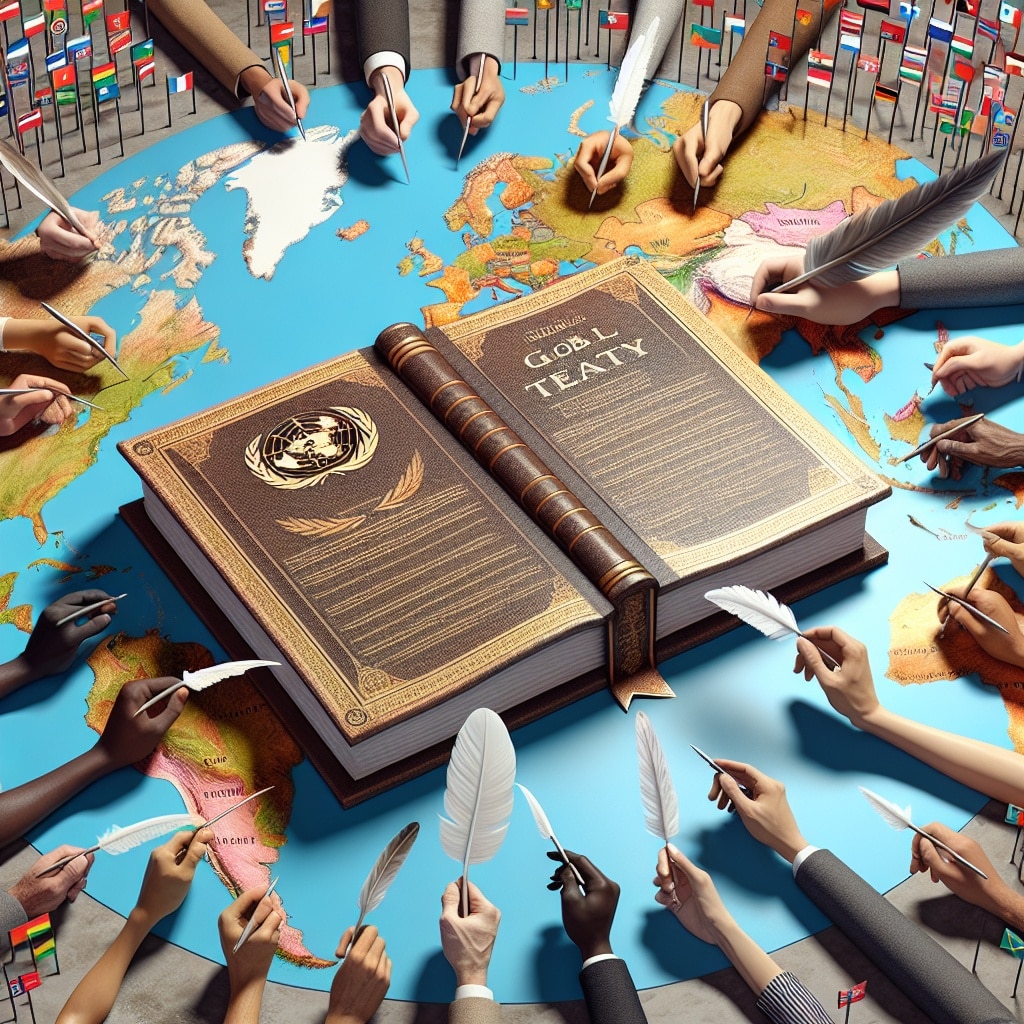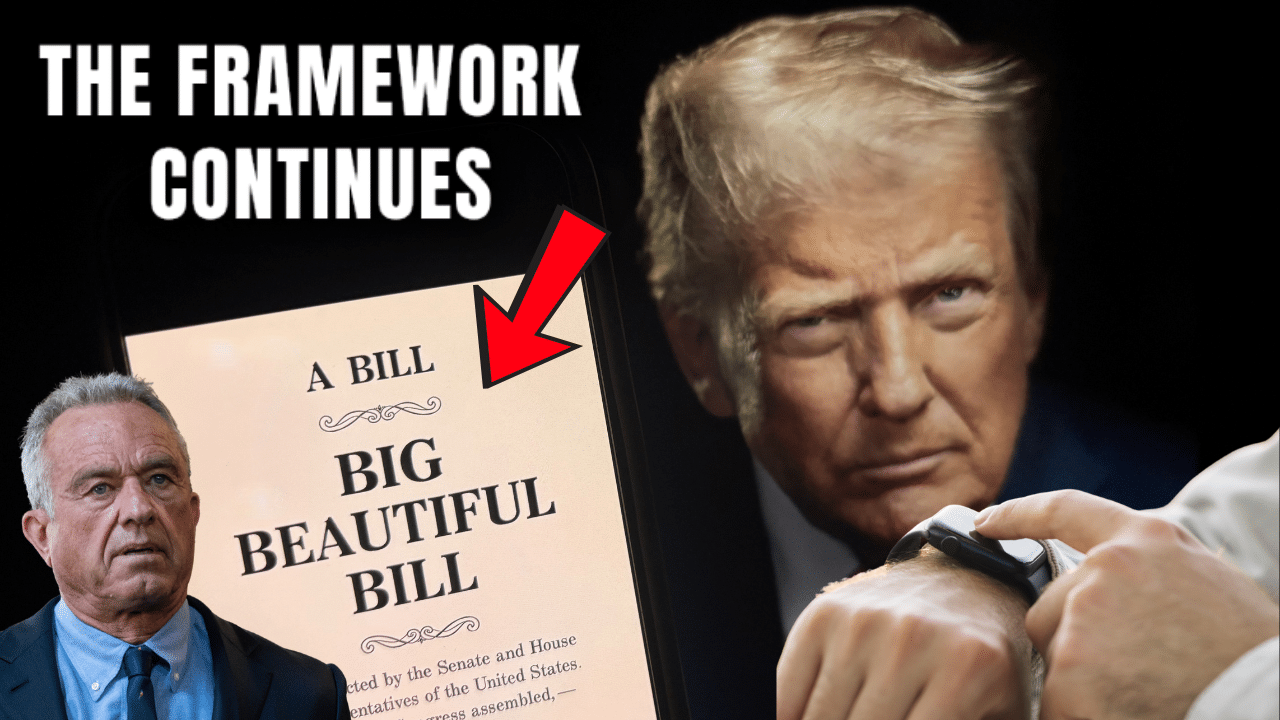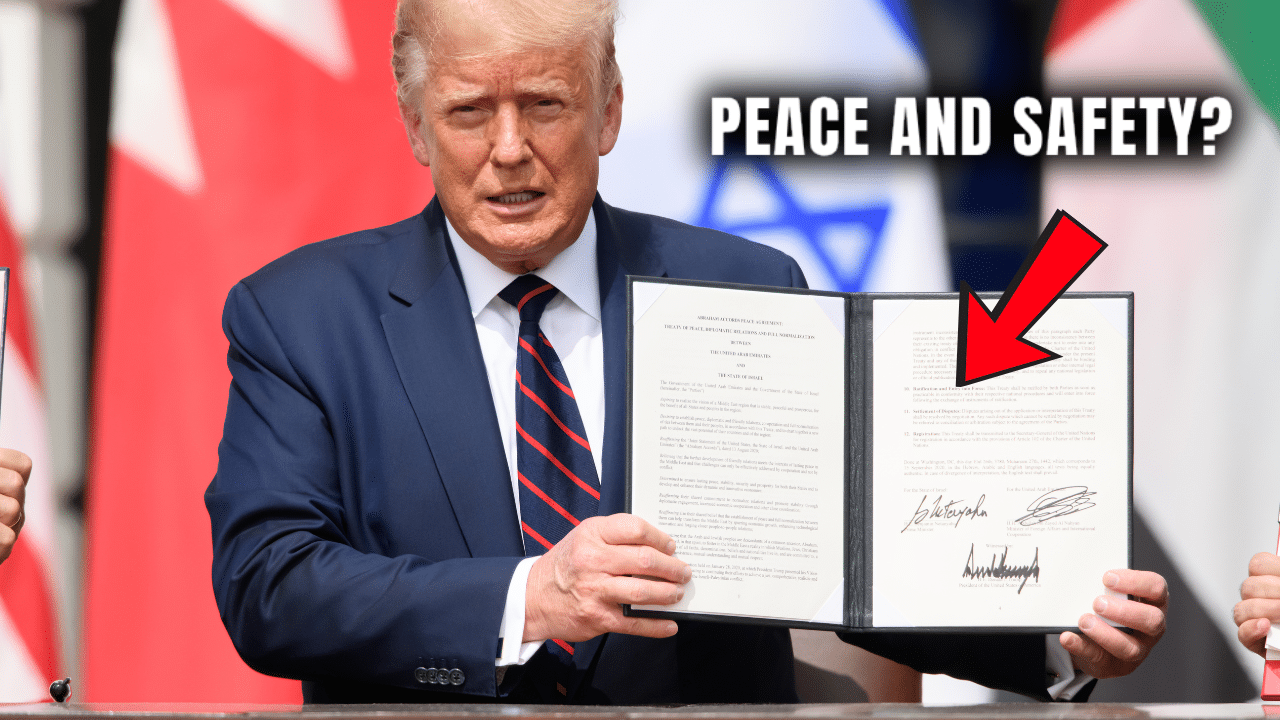(OPINION) Critics warn that Americans stand just weeks away from handing over massive amounts of taxpayer funding, protective equipment intended for U.S. citizens, and an incalculable amount of influence over U.S. policy to the World Health Organization (WHO).
The global governance body will resume meetings on Monday to revise the WHO Pandemic Agreement. The Intergovernmental Negotiating Body (INB), established to draft the agreement’s text in December 2021, will hold its ninth meeting from April 29 to May 10.
That provides just over two weeks before the 77th World Health Assembly meets from May 27 to June 1 in Geneva, Switzerland, to ratify the final document.
The most recently updated version of the “Proposal for the WHO Pandemic Agreement,” amended on April 22, would redistribute wealth and protective equipment away from the U.S., establish a global governing board with little accountability to U.S. citizens and, critics say, water down U.S. sovereignty over how it responds to future pandemics.
The latest version of the agreement calls on nations to adopt “whole-of-government and whole-of-society approaches” to pandemics, “including the private sector and civil society.”
Governments should carry out so-called education programs to suppress competing narratives about the pandemic, as the U.S. government did during COVID-19.
Nations must also research to determine what forces “hinder or strengthen adherence to public health and social measures in a pandemic,” such as mask and vaccine mandates.
WHO makes clear it intends to involve itself far beyond the physical aspects of the outbreak. The latest agreement invokes the “public health impact of growing threats such as climate change, poverty and hunger.”
It states that fighting pandemics requires nations to “achieve greater health equity” by taking “resolute action on the social, environmental, cultural, political and economic determinants of health.”
This includes adopting a controversial “OneHealth” approach, which attempts to “balance” the “health of people, animals and ecosystems” as though all were equally valuable.
Nations have the right to “adopt legislation” only “in accordance with the Charter of the United Nations, the WHO Constitution and the principles of international law, and their sovereign rights over their biological resources.”
They also may not make reservations “incompatible with the object and purpose of the WHO Pandemic Agreement,” as determined by the WHO.
In addition to incursions into national prerogatives spelled out in the WHO Pandemic Agreement, the document establishes a “Conference of the Parties,” a group of unelected officials empowered to adopt new resolutions that will be legally binding upon signatories.
The text makes the WHO pandemic arrangement easy to get into but hard to leave. Once a nation signs onto the accord, it “shall not be discharged” from any “obligations which accrued while it was a Party to the WHO Pandemic Agreement,” even after it withdraws.
The controversial document mandates that all nations assure “real-time access by WHO to 20%” of all “products that are needed for pandemic prevention, preparedness and response”:
“10% as a donation” and 10% at “affordable prices.: WHO, in turn, will create “a mechanism to ensure the fair and equitable allocation and distribution of the pandemic-related health products” globally.
Nations will agree to “prioritize sharing through” the WHO’s newly-established “Global Supply Chain and Logistics Network … over bilateral donation agreements” adopted with allied nations.
Every nation “shall” also create a “global health emergency workforce deployable to support [other signatories] upon request” of WHO.
State-to-state foreign aid amounts to wealth transfers to “up-and-coming young oligarchs in smaller nations,” journalist Jim Roguski told “Washington Watch with Tony Perkins” on Wednesday.
As a result, wealthy nations will “put a lot of money into building out the pharmaceutical hospital emergency industrial complex in poor nations — not to give that money or support to poor people in poor nations, but to give it to wealthy people in poor nations so that they can jab them the next time around.”
Family Research Council has concluded that the WHO Pandemic Agreement puts in place the beginnings of “a turnkey totalitarian state.” FRC’s official comment filed with the U.S. government warns the WHO Pandemic Agreement, as written, “could authorize funding and support for abortion.”
The agreement obligates nations to assure the provision of “essential health care services during pandemics,” and critics say, abortion can be held up as an essential service.
Observers warned readers against viewing the newest text as a modestly less intrusive document than some previous versions. “In desperation, watered-down versions of the proposed international health regulations and pandemic treaty were floated over the past few days. Don’t be fooled!
The WHO still wants experimental vaccines rolled out, still wants liability shields, still wants to impose censorship, and still plans to use ‘One Health’ to control humans, plants, animals, and ecosystems, all in the name of health,” said independent presidential candidate Robert F. Kennedy Jr. on Thursday.
The undemocratic mechanisms written into the agreement did not surprise Roguski. “Back in 2022, they pretended to adopt amendments to five articles, but they never bothered to vote” on them. Yet, despite the lack of a vote, those amendments will take force on May 31, he said.
“The good news is that they are having a difficult time,” Roguski told Perkins, breaking out high-pressure sales tactics for nations to sign onto the accord.
“Pressure to act swiftly or risk missing out on the treaty’s promise effectively warns LMICs [Low- and Middle-Income Countries] that this is their sole opportunity, insisting they must conform to the timeline,” wrote Sarah Hodges, professor of Global Health and Social Medicine at King’s College London.
“However, this rapid pace raises concerns about what we refer to as ‘time equity’ — the fair allocation of time and resources for deliberation and decision-making among all stakeholders.”
WHO officials are also pumping up fear about deadly but hypothetical future outbreaks. In a new book, The Long Shot, Kate Bingham and Tim Hames of the WHO warn that a theoretical “Disease X” could become the next pandemic and wipe out 50 million people worldwide. (READ MORE)










